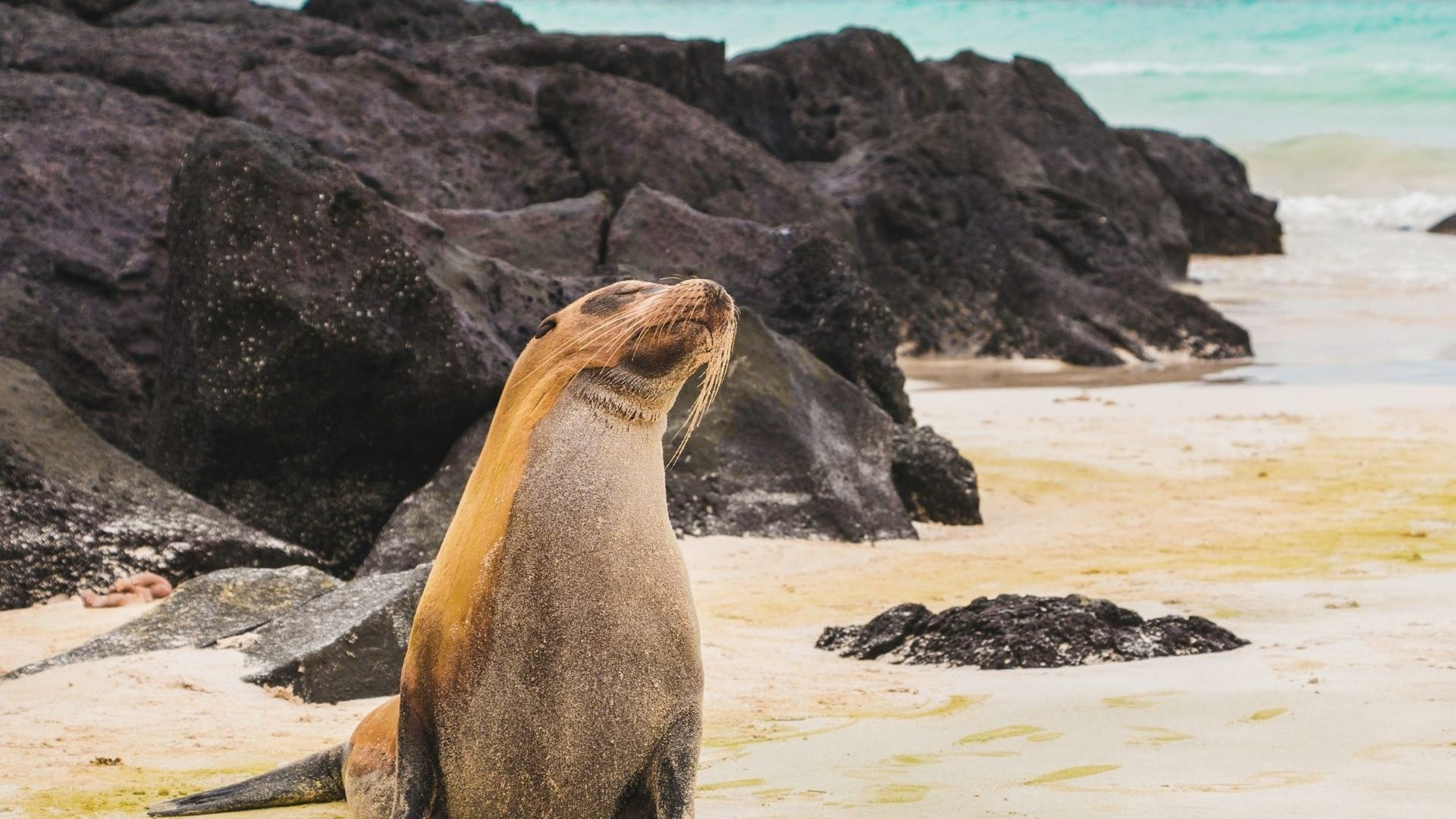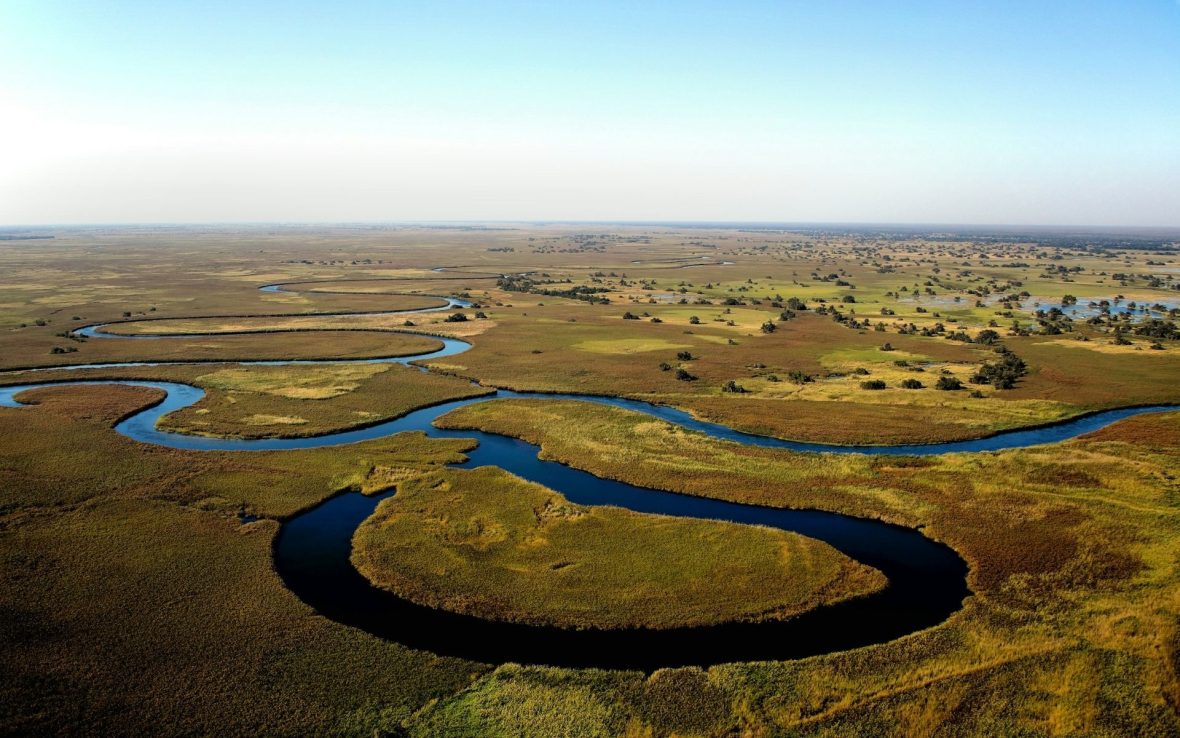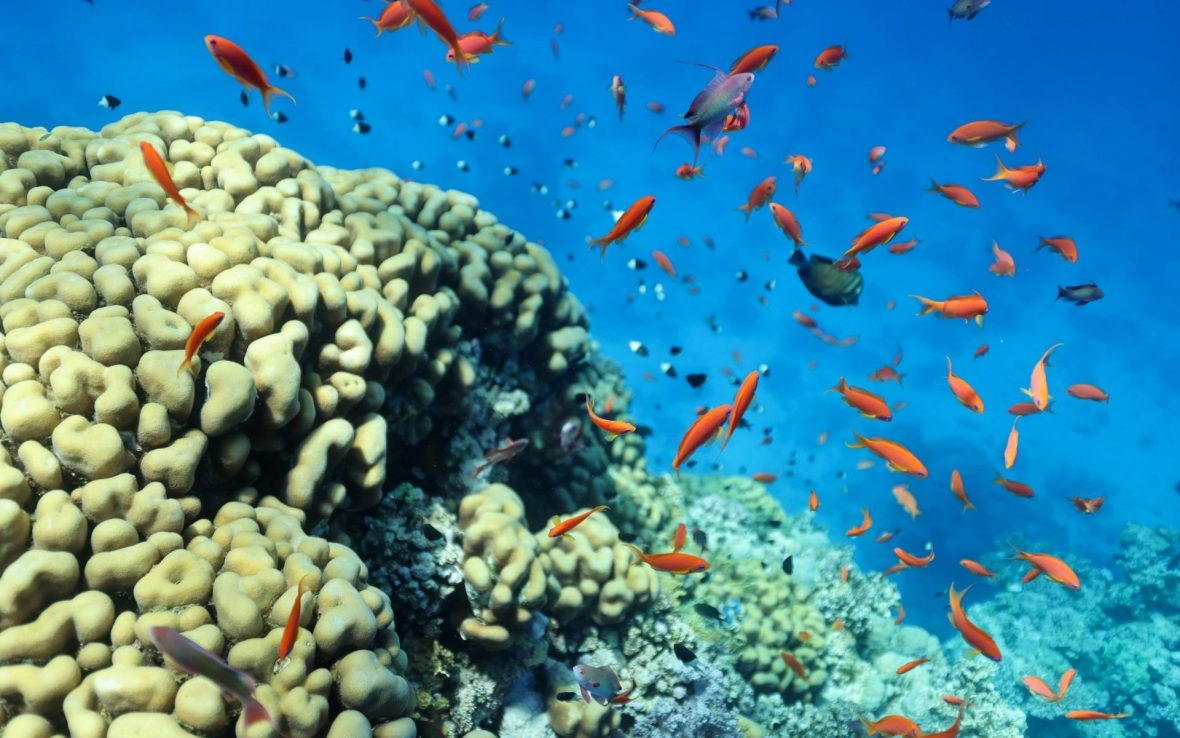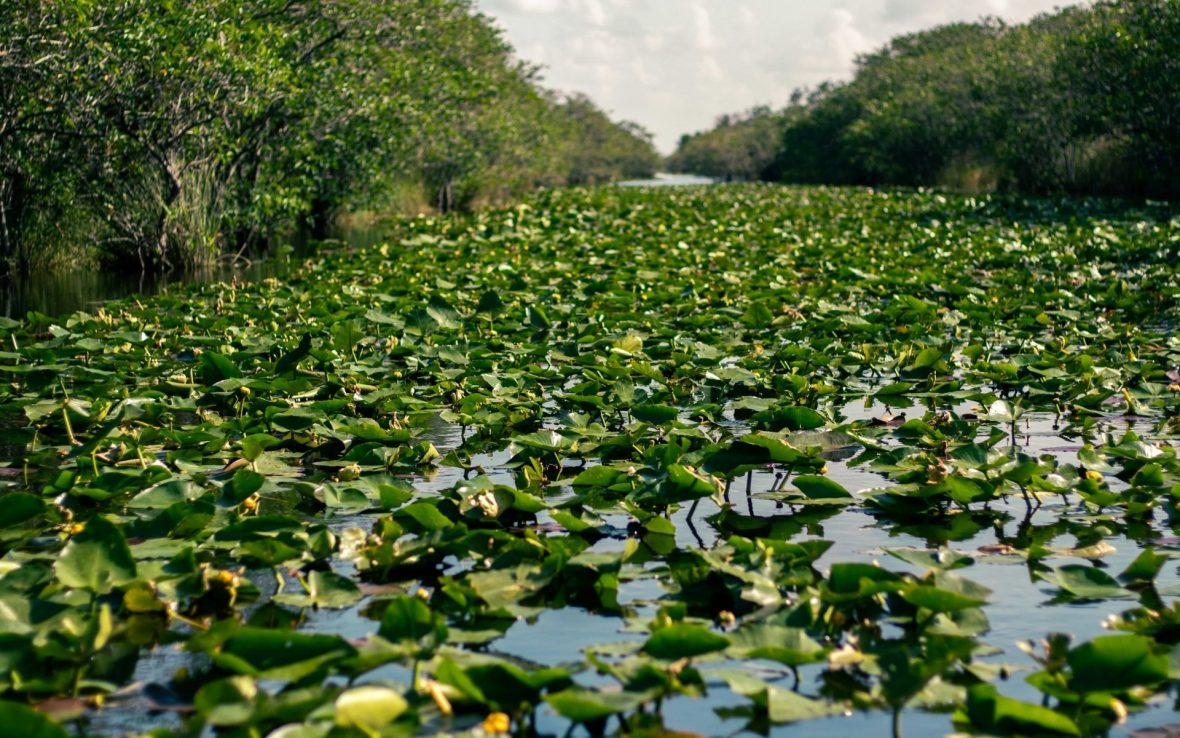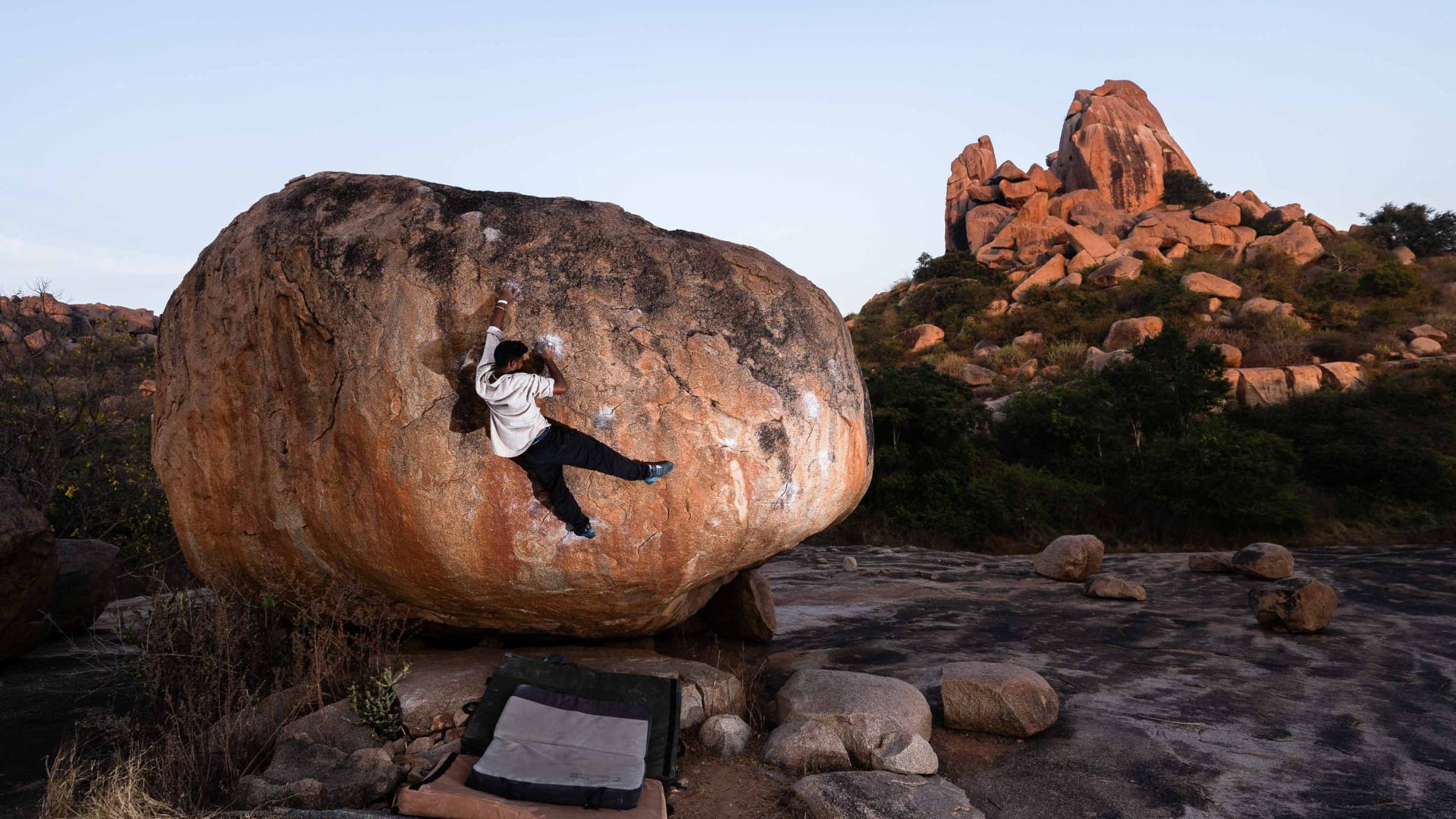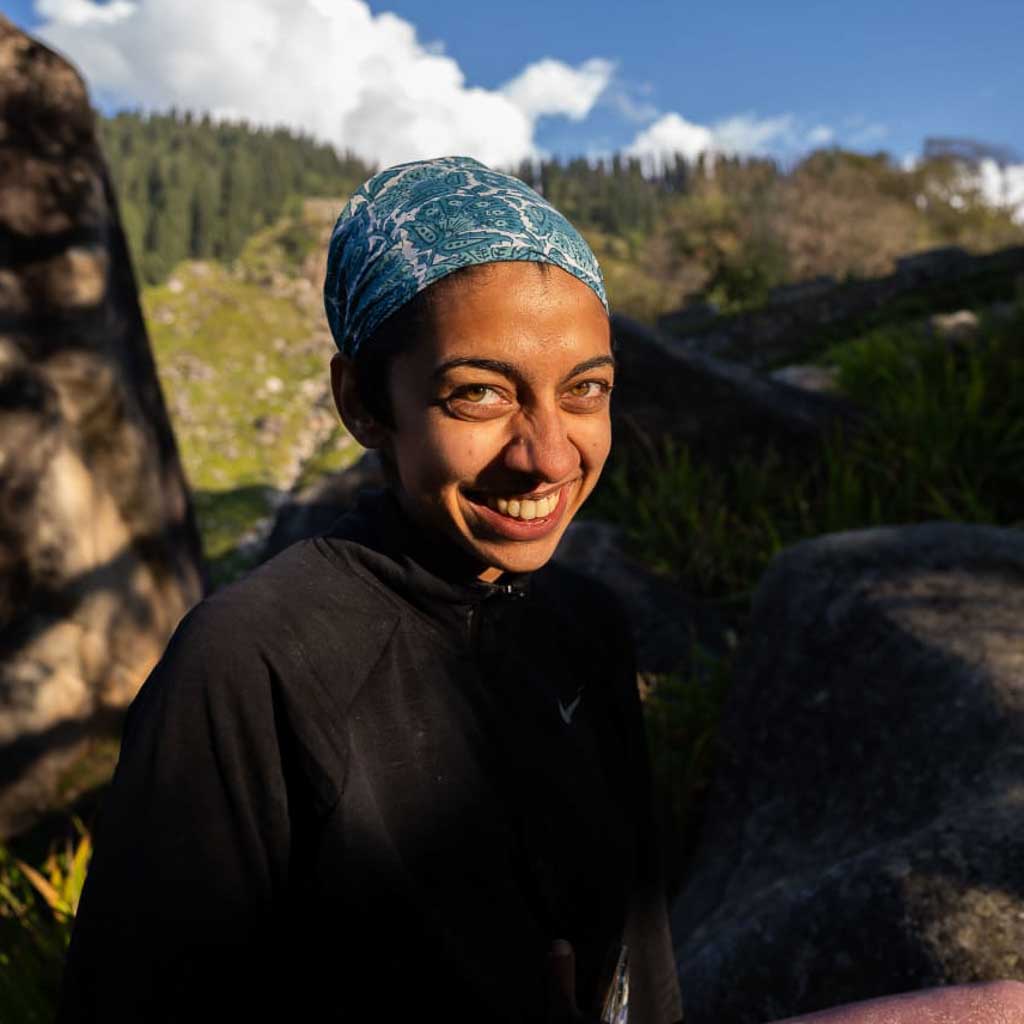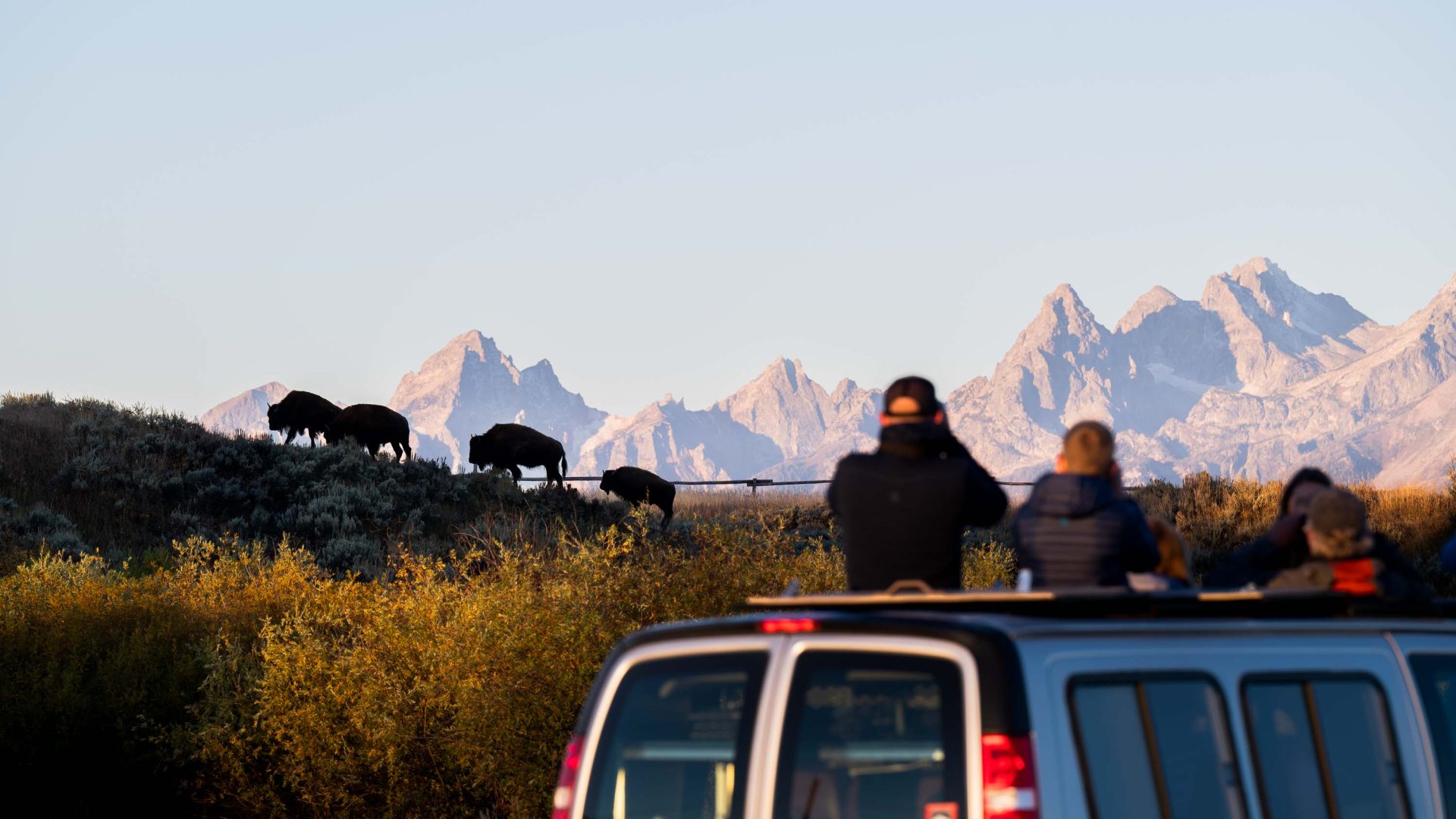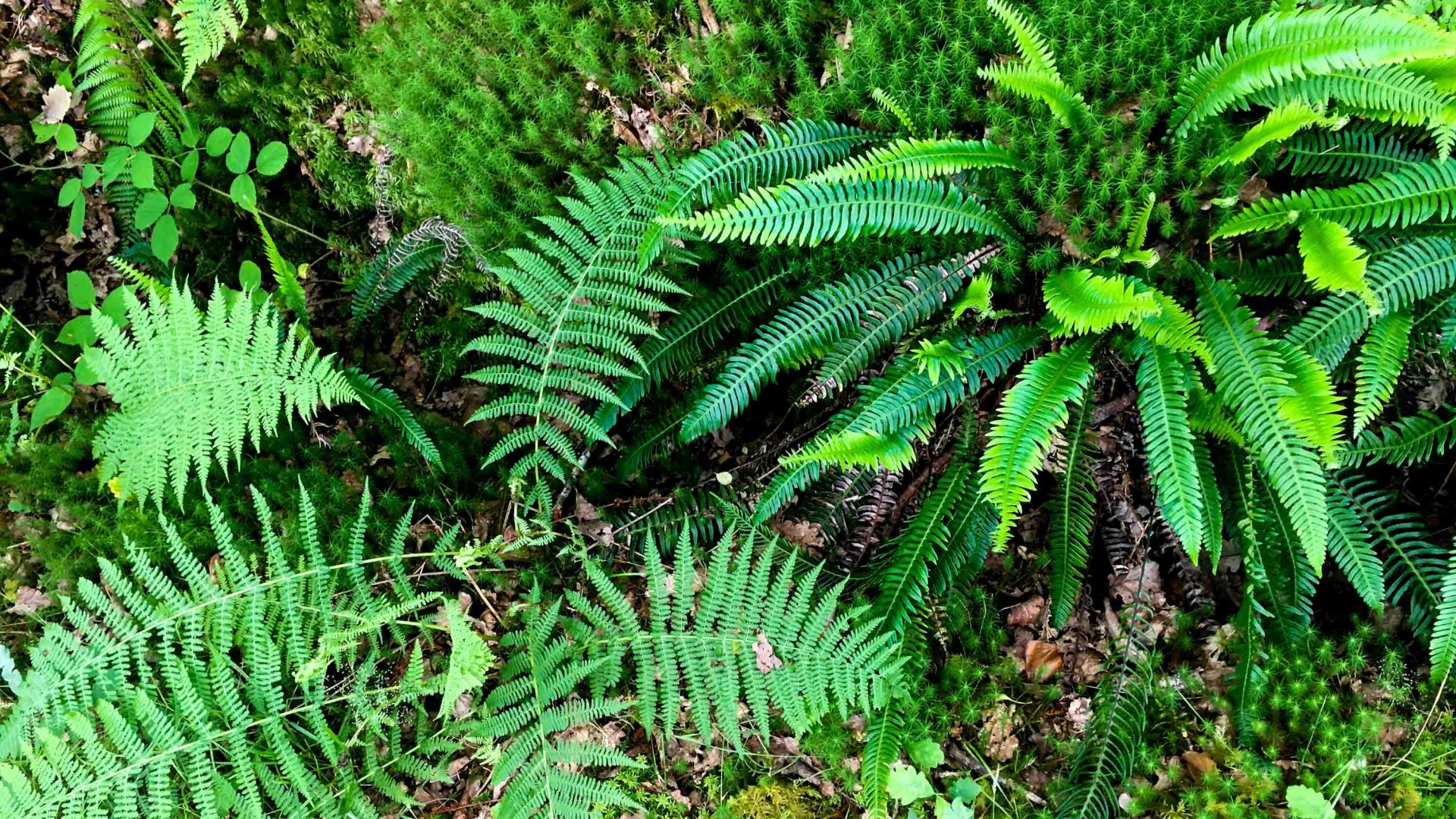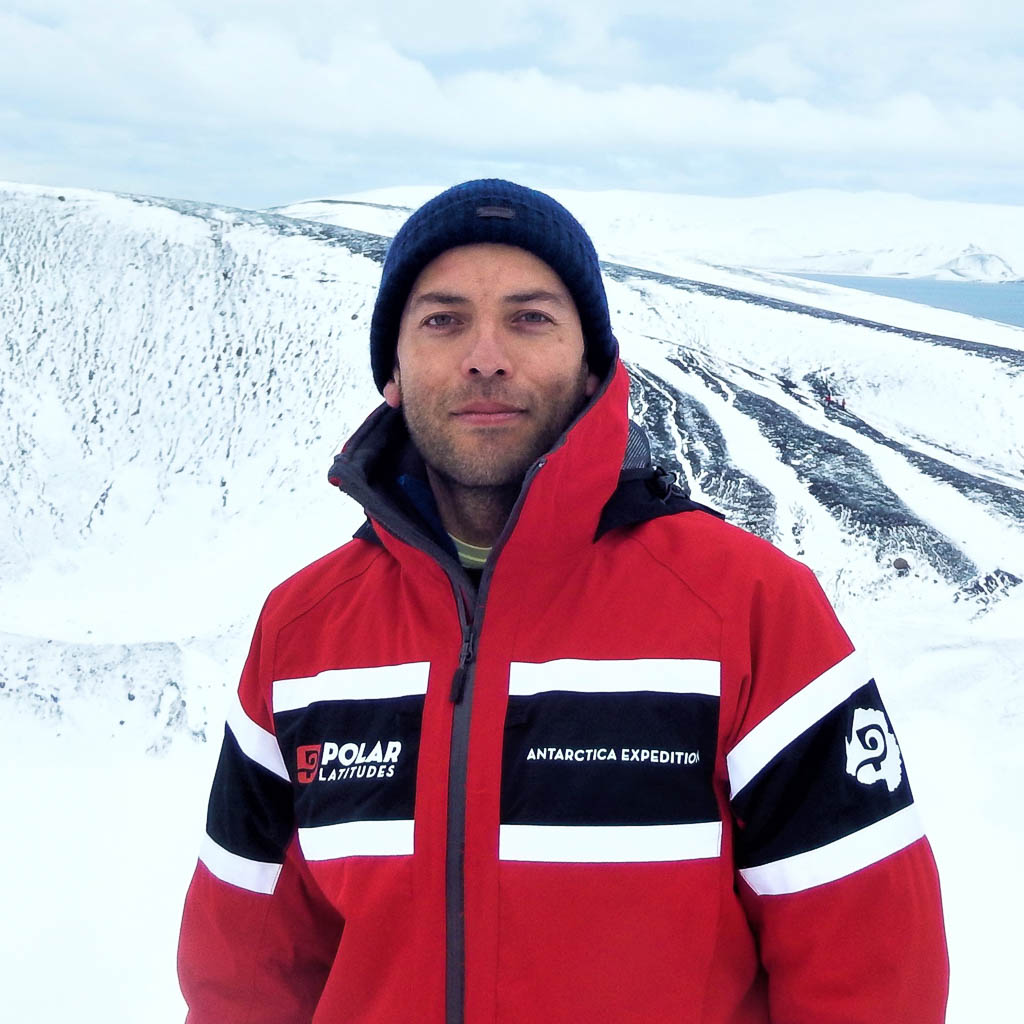There is good news, though. Targeted local action, such as anti-poaching efforts and local community involvement, have improved conditions at four sites in West and Central Africa, shifting their status from “critical” to “significant concern.”
There is more to know about these sites and how they are faring. As a community-based conservation scholar, I recognize that while the major drivers of ecological decline can be gleaned from published research, specific causes of that decline are best learned on the ground.
The outlook provides critical environmental trends, but it could be strengthened by including specifics based on quantitative, community-based monitoring, such as wildlife population surveys by local experts. For instance, at a conference I attended in 2024, a frog biologist from Botswana observed that, before her work, the previous frog study in that part of the delta was in 1980.
While critical local and Indigenous knowledge is recognized in the report, it is largely excluded from assessments, both because weaving it with conventional scientific analysis is difficult or because communities may choose to protect certain knowledge. The Okavango Delta is one of many World Heritage sites, living landscapes rich with local cultural value and global significance. Like many remote heritage sites outside Europe and North America, there is a lot that remains unknown about biodiversity in the Okavango.
The report acknowledges that recognizing the relationship between people and the environment would also improve future assessments. Overall, it offers a clear picture of global conservation trends while also acknowledging local realities and successes: For the heritage sites across the planet, conservation succeeds when people and nature thrive together.
**
This article is republished from The Conversation under a Creative Commons license. Read the original article.
